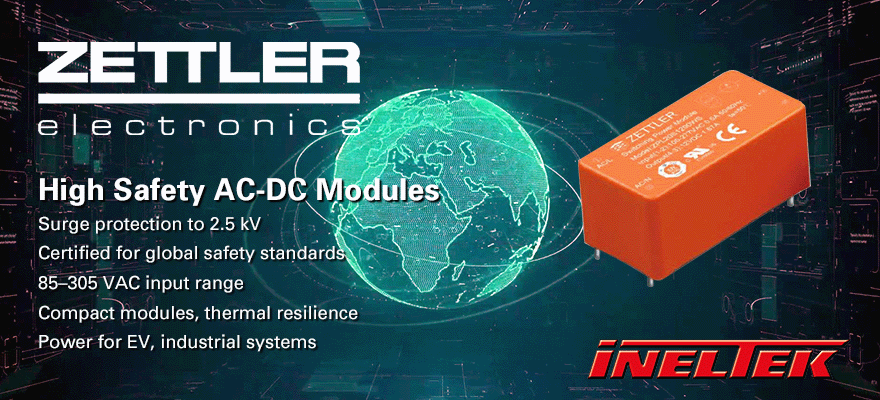Raspberry Pi RP2350 Dual Core High-Performance MCU with Advanced Security
- adammiller961

- Aug 27, 2024
- 3 min read

RP2350: Key Upgrades and Enhanced Capabilities
The RP2350 MCU represents a significant step forward for Raspberry Pi's microcontroller offerings, building on the foundation of the RP2040 with several notable upgrades:
Increased Clock Speed: The RP2350 features a maximum core clock of 150 MHz, providing enhanced performance across a range of applications.
Expanded Memory: With 520KB of on-chip SRAM, the RP2350 offers double the memory of its predecessor, enabling more complex data handling and storage.
External Flash Support: Although the RP2350 does not include built-in flash memory, it supports up to 16MB of external QSPI flash/PSRAM, with the option for an additional 16MB via a secondary chip-select. This enables scalable memory configurations for various use cases.
Package Variants: The RP2350 comes in four different package options, catering to different GPIO and flash memory requirements, ensuring adaptability across embedded and industrial applications.
Dual-Core Flexibility: ARM Cortex-M33 and RISC-V Integration
The RP2350's dual-core architecture offers a unique level of flexibility, combining both ARM Cortex-M33 cores and RISC-V Hazard3 cores within the same microcontroller.
Core Choices: Users can select between two ARM Cortex-M33 cores with Floating Point Unit (FPU) or two Hazard3 RISC-V cores, depending on the application requirements.
Core Selection: The active cores can be chosen via software control or configured through the on-chip One-Time Programmable (OTP) memory. This dual-architecture approach allows developers to optimise for performance, power efficiency, or software ecosystem compatibility.
Concurrency Control: Although only two cores can be active simultaneously, the ability to switch between ARM and RISC-V cores allows for a broad range of optimisations, depending on the specific computational tasks.
This design ensures that the RP2350 can be used in projects that demand either high computational throughput or compatibility with open-source RISC-V tools.
Security Architecture: Trusted Solutions for Embedded Systems
Security has been significantly improved in the RP2350, making it a strong contender for applications requiring trusted firmware and secure communications.
Secure Boot: The RP2350 includes support for SecureBoot, which verifies binaries via signature checks enforced by an on-chip ROM. This prevents unauthorised code from running on the device.
Encrypted Boot: By utilising the 8KB of antifuse OTP, developers can store decryption keys securely, ensuring that firmware binaries are decrypted only at the time of loading into SRAM, enhancing data confidentiality.
Advanced Security Features: Additional features include:
Hardware SHA-256 acceleration
Hardware True Random Number Generator (TRNG)
Glitch detection and protection against fault injection attacks
Secure/Non-Secure code separation via the ARMv8-M architecture's Security Attribution Unit (SAU) and Memory Protection Unit (MPU).
These features make the RP2350 suitable for secure IoT devices and other applications where data integrity and security are paramount.
Efficient Power Management and Programmable I/O: A Technical Overview
The RP2350 is designed with efficiency in mind, particularly in power management and I/O capabilities, allowing it to operate across various power profiles without sacrificing performance.
Power Domains: The RP2350 introduces five independent power domains, which can be selectively powered down depending on the operational mode. This allows developers to optimise power consumption for energy-sensitive applications.
Programmable I/O (PIO): Building on the RP2040’s PIO implementation, the RP2350 includes three PIO co-processors with twelve state machines. This allows for the creation of custom interfaces such as UART, SPI, and I2C, all while minimising CPU overhead.
PWM and ADC Expansion: With 24 PWM channels and up to 8 analogue-to-digital converter (ADC) channels (depending on the package), the RP2350 offers extensive interfacing capabilities for control and sensing applications.
These features make the RP2350 well-suited for applications that require both fine-grained power management and complex peripheral interfacing.
RP2350 in Practical Applications: From IoT to Industrial Use Cases
The RP2350 is highly versatile, making it ideal for a broad range of applications, from low-power IoT devices to robust industrial systems.
IoT Applications: The RP2350’s advanced power management, alongside its secure boot features, make it an ideal candidate for IoT devices where security, power efficiency, and flexible interfacing are critical.
Industrial Use: With its dual-core architecture and expanded memory, the RP2350 excels in industrial automation systems where real-time performance and reliability are required. The extensive PIO capabilities also make it suitable for custom control interfaces and communication protocols.
Embedded Computing: For embedded computing tasks, the RP2350 offers best-in-class performance, thanks to its high-speed cores, configurable memory, and security features that ensure reliable, safe operation in sensitive environments.
RP2350 Family and Variants
The new MCU is available in the following packages with two of these now boasting the long requested on-board flash memory. One aspect of the RP2040's success was the hugely versatile, processor independent GPIOs. These have been significantly enhanced across all variants of the RP2350 family.
Product | Package | Internal flash | GPIO | Analogue inputs |
RP2350A | QFN-60 | None | 30 | 4 |
RP2350B | QFN-80 | None | 48 | 8 |
RP2354A | QFN-60 | 2 MB | 30 | 4 |
RP2354B | QFN-80 | 2 MB | 48 | 8 |
Contact
The RP2350’s flexibility across different configurations and applications positions it as a valuable tool in modern embedded and industrial design. Contact Ineltek for more information and pricing.


